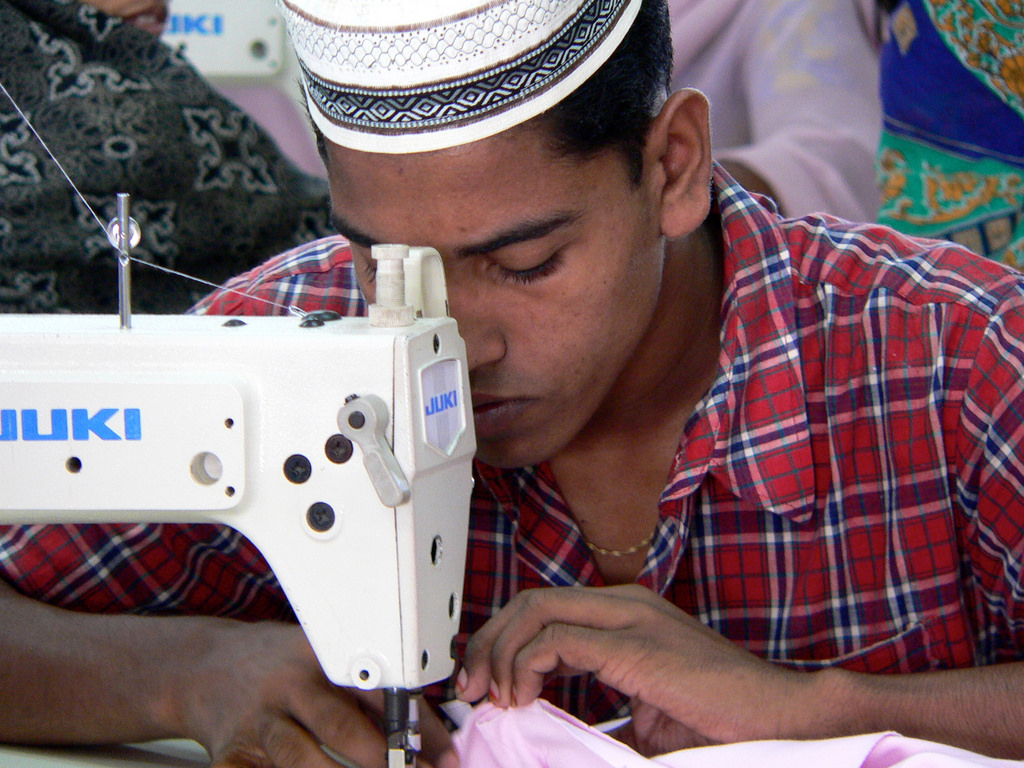Bangladeshi RMG manufacturers chocking as orders fell by 30%
($1 = 0.7325 pounds; $1 = 0.8315 euros)
Bangladeshi Ready-Made-Garment (RMG) manufacturers and related industries are chocking from poor cash flow mainly caused by massive discount and late payments by international retailers and brands on one hand and 30% less orders on the other due to huge stockpiles of inventory by almost all clothing retailers and brands in Europe and America forcing them to cut back on spring orders.

Previously available generous finances from the banking sector is likely to be far cry by third quarter of this year as non-performing loans (NPL) is expected to increase as recovery from pandemic remains slow and the RMG sector’s constant and revolving $8-billion-credit-risk remains a serious threat to the already stressed economy of Bangladesh, particularly that of the Banking sector. Global credit rating agency Moody warns of significant pressure on loans to the vulnerable sectors in Bangladesh such as the garment, textile, cement and tanneries.
On January 31, the central bank announced that it would not extend the loan repayment moratorium that was introduced after the start of the coronavirus outbreak in March. With the expiry of the moratorium, borrowers will face higher monthly instalments because the maturities remain the same, resulting in amortisation of loan balances over a shorter period.
Default borrowers are not eligible for new or revolving loan from any bank in Bangladesh making it very hard, if not impossible, to finance the large expenses of the factories staff and workers at the end of the day.
The global apparel industry, reeling from a punishing 2020, is seeing its hopes of recovery punctured by a new wave of COVID-19 lockdowns and patchy national vaccine rollouts, reports Reuters.
Some major retailers are still nursing last year’s clothes, which would have been sold off in clearance sales in normal times. British chain Primark, for example, told Reuters it was housing around 150 million pounds ($205 million) worth of 2020 spring/summer stock and 200 million pounds from autumn/winter.
In an indication of the scale of the backlog, consultancy McKinsey says the value of unsold clothing worldwide, in stores and warehouses, ranges from 140-160 billion euros ($168-192 billion) – more than double normal levels.
Britain’s Marks & Spencer and Germany’s Hugo Boss said they had placed smaller orders than usual for this year’s spring collection.
Indeed, Hong Kong-based sourcing agent Li & Fung, which manages more than 10,000 factories in 50 countries for retailers including global players, told Reuters that some retailers had requested later payment terms, but declined to provide specifics.
FACTORIES FEEL THE PAIN
The pain is consequently flowing to major garment manufacturing centres like Bangladesh, whose economies rely on textile exports. Factories are struggling to stay open.
Fifty factories surveyed by the Bangladesh Garment Manufacturers and Exporters Association (BGMEA) said they had received 30% fewer orders than usual this season, as pre-Christmas lockdowns in much of Europe followed by another clampdown in January hit their businesses hard.
“Orders usually arrive three months in advance. But there are no orders for March,” said Dhaka-based factory owner Mr. Shahidullah Azim, whose clients include North American and European retailers.
“We are operating at 25% of capacity. I have some orders to run the factory till February. After that, I don’t know what future holds for us. It’s difficult to say how we will survive.”
Asif Ashraf, another factory owner in Dhaka who makes clothes for global retailers, said it was tough to adjust. “We’ve produced the fabric and we’re ready to stitch the garments, but then they say the order is on hold.”
– : END :-